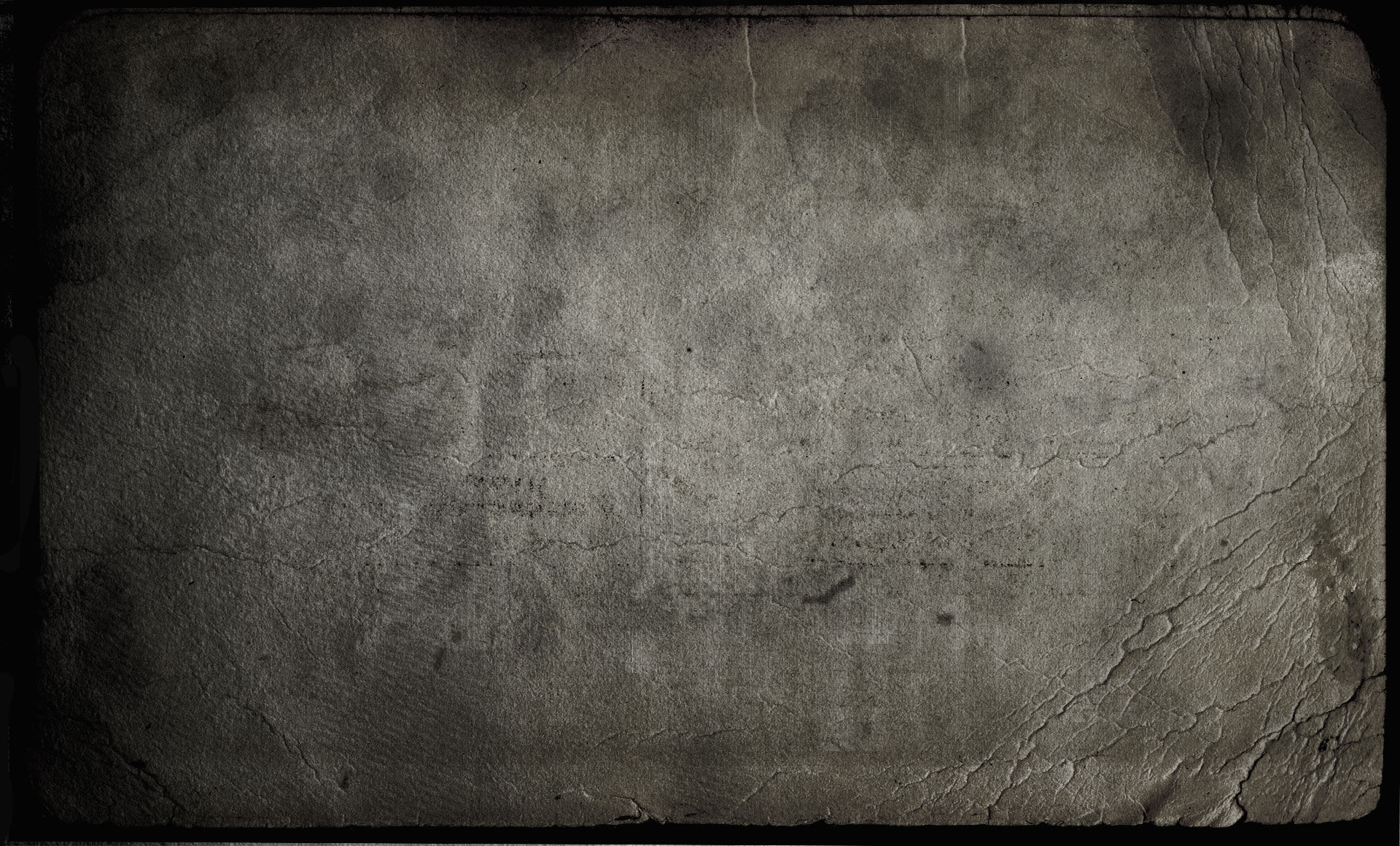René van der Wouden The Moonstone (2023)
- Sylvain Lupari
- Mar 10, 2023
- 4 min read
Updated: Mar 17, 2023
“Improvised Berlin School at its best that acts like a musical magnet”

1 No Matter What! 15:14
2 Immortal 17:48
3 The Moonstone 17:29
4 Such as This 14:47
5 Orange Corner 6:51
(CD-(r)/DDL 72:11) (V.F.)
(Experimental ambient B.S.)
Telecommunication beeps that scroll by in a rate as dizzying as the grating acoustics of this semi-corrosive parade bring the introduction of No Matter What! to our ears. It's the beginning of a long atmospheric passage where charming elements to hear, the twinkling chimes tinkling after the beeps, get lost in a sonic tumult filled with droning breaths, lunar breezes and disjointed orchestrations that give an apocalyptic effect amplified by the stagnant swirls of a bass layer. This sound storm stretches until the 9th minute, revealing a more musical aspect that flows under the drumming of a sequencer and its 2 parallel rhythm lines. Vangelis-like synth layers sweep across these new horizons of No Matter What! as the rhythm varies its intensity and the power of its circular axis. This rhythm casts a more crackling shadow, giving an organic aspect to this structure that hops briskly under a shower of sonic meteorites and between the vibrations of electronic drones from which also hiss fascinating spectral effects coming from nowhere. One does not go to the discovery of THE MOONSTONE without fronting some difficulties! No! Unlike the sublime Tangerine Sands, this second album by René van der Wouden on Cyclical Dreams requires patience and an open mind in order to get through the 4 long atmospheric phases that precede a series of equally convoluted rhythms in an album conceived in the improvisational mode of a more experimental Berlin School. Structures that are intertwined and crossed by phases of dark ambient music. The first 4 chapters of THE MOONSTONE are conceived in the same genre and propose openings of electronic ambiences filled with these effects of the analog continent and structures of rhythm in constant permutation of their tonalities, like of their cadenced axes.
Immortal's is less corrosive with its procession of gothic layers and their lamentations coated with a thin sheet of sizzle. There is a form of intensity in this opening, even if industrial effects buzz at times. This ascent to immortality somewhat respects this vision of tearing between the real and its opposite in a sound fauna filled with chirps and sound effects from early Klaus Schulze albums. Pulses start to resonate in this bed of drones around the 9th minute. This ambient rhythm is set on 3 chords of bass vibrating pulsations in a minimalist vision and its gait hobbles along in a processional and ascending structure, like a semi-hurried march, with a texture as crackling as the filaments of distortions that sweep its dimension. There are many sound effects that link us to Schulze's experiments of analog years here. The title-track also follows with a slow atmospheric opening. The synth waves zigzag, glide and hover in an environment surrounded by electronic chirpings. There is a lot of emotion in this passage and the tone is melancholic, bordering on gloomy. There is a dramatic effect with this fusion of the colors of the heart, of the soul when the dominant mist escapes a subtle shadow more rumbling around the 5th minute. A delicate, almost secret, pulsation vibrates momentarily between our ears from these moments. The layers of mist that have become crystalline are waltzing and drifting towards new sound horizons. In the corridors of Dark Ambient, where they radiate a more metallic texture and humming chthonian voices. The rhythm bursts a little before the 10th minute in a very exciting spiral. The sequencer emits a series of small steps that move at a good speed with a suite of bass sequences that metamorphose their tones with a crackling radiation effect. An undulating and oscillating astral mist goes along this circular and zigzagging movement that vaguely reminds me of that electronic rock anthem that P'cock offered to our auditory curiosity in 1991 with the title House in the Storm from the album In'cognito. There is no need to say, The Moonstone is a great jewel of 17 minutes that you must take the time to discover! This leads us to Such as This where the experimental perfumes and influences of Klaus Schulze and Vangelis compete for an opening, one would think one could hear the fires of Orion's Belt, which challenges our ears over a distance of more than 8 minutes. The sequencer unties a line of jumping keys that parade in a spasmodic string under a rain of shining constellations that triturate a layer of astral voices. One swims in the universe of Spiral with this tone and the lively flow of the sequencer which makes slalom at great speed its arpeggios doubled by electronic chirps in an upward undulatory movement. Orange Corner is the easiest track on THE MOONSTONE to get used to, even with the slightly industrial tone of its dark opening. The rhythm explodes into an aggressive Berlin School under good orchestral layers that waltz and float with a harmonic grace of screwed in the movements.
Slightly less accessible, but not necessarily less good, than Tangerine Sands, this latest album-download from René van der Wouden is primarily aimed at adventurous ears who want to reconnect with the more experimental era of electronic music (EM) in the 70's. It is pure improvisation that acts like a magnet with each new listening and where one becomes more and more familiar with the dimensions of THE MOONSTONE.
Sylvain Lupari (March 10th, 2023) ***¾**
Available at Cyclical Dreams Bandcamp
(NB: The texts in blue are links you can click on)

Comments